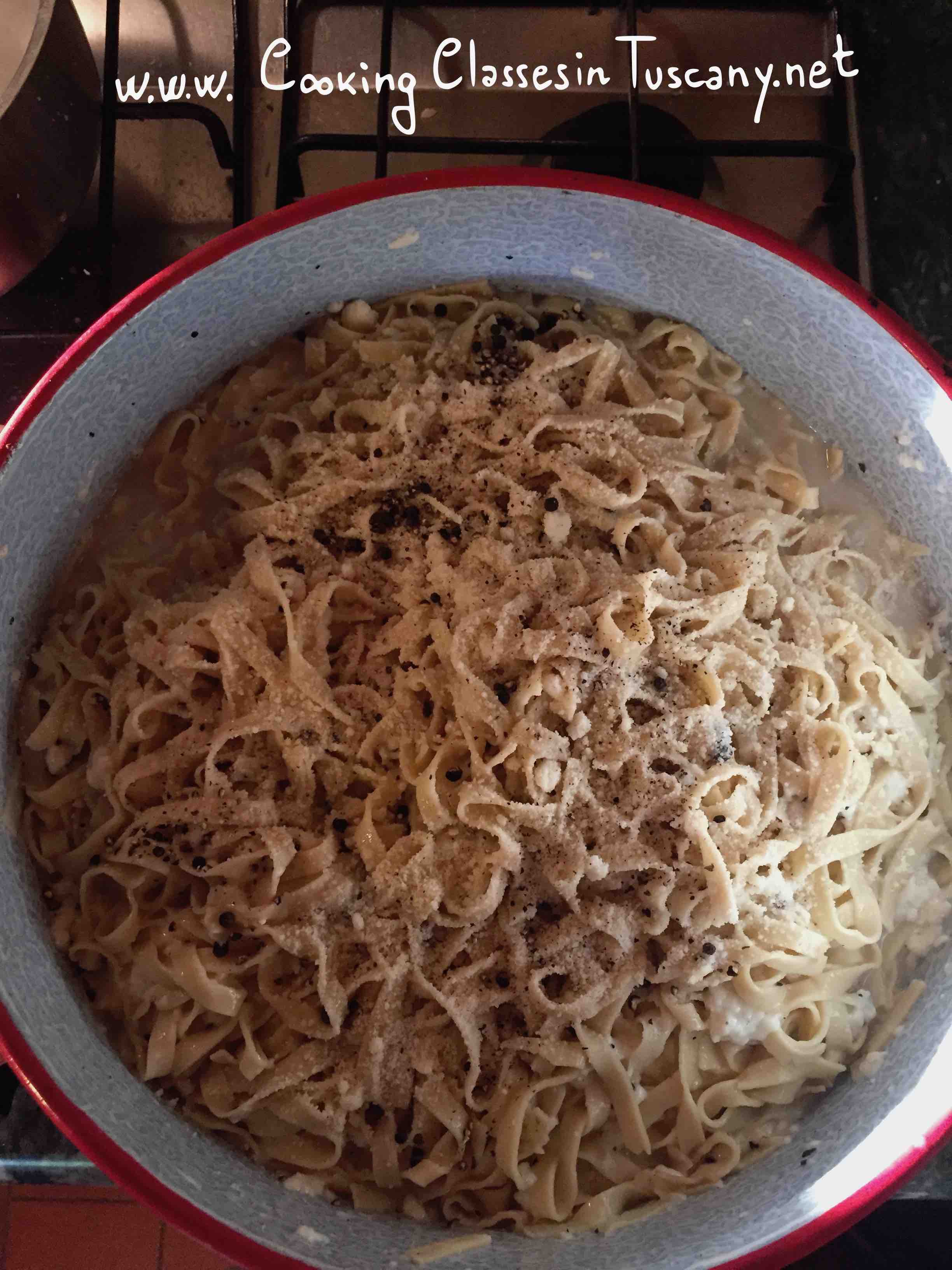Chef in Villa in Tuscany should be our new keyword. In fact, many chefs and cooks prepare private dinners at their own restaurant, more difficult is to find someone who directly comes to your holiday home. To wherever you’re staying in Tuscany.

We’re itinerants, ours is an Itinerant cooking school and Chef in Villa service. It doesn’t matter if your villa is on the top of a hill, inside a forest, or in Pisa, Lucca, or Florence downtown: we come directly to your holiday home!

OUR JOB
I started this job about 10 years ago when calling a Chef in Villa was an unusual way to spend time with your family or friends. Telling you the truth my core business was that one of private Cooking Classes, but it soon joined that of the dinners. Both for tourists and travelers on vacation in Tuscany, central Italy.

In a couple of years, many people came to ask about our private services and this fills me with pride and desire to move forward.
Well, what’s the best job than teaching to cook or cooking for someone, furthermore in Tuscany?
People contact us specifying if they’re looking for
- Cooking Classes or
- a Chef in Villa
- they choose the menu
and we:
- do the shopping
- go to their holiday villa in Tuscany
- run the cooking class or prepare lunch/dinner
- serve at the table
- clean up the kitchen

We’re a small company and it’s difficult to advertise, but our customers through social networks and word of mouth are making a great job. They’re the reason for our success and that we’re very sought after.
Each year is different in times, customer wishes, locations where to go to cook.
This Summer (I don’t know why![]() ) many customers in private dinners and students from cooking classes wanted to eatCacio or to learn to make the famous Italian Sauce for pasta: Cacio e Pepe.
) many customers in private dinners and students from cooking classes wanted to eatCacio or to learn to make the famous Italian Sauce for pasta: Cacio e Pepe.

Like many Italian dishes, Cacio e Pepe has a story. This sauce for pasta comes from Rome, where represents an institution, like Colosseo or Lungotevere.
THE STORY OF CACIO E PEPE
At that time the shepherds of the Roman agro made long movements of the flock, during the journey they filled the bag with calories and long-term food. In the saddlebags, there were inevitable dried tomatoes and guanciale, but in the middle were also pecorino, black peppercorns, and dried spaghetti prepared by hand with water, salt, and flour.
Just these 3 ingredients were chosen for specific reasons. The black pepper stimulates the heat receptors, therefore helping the shepherds to repel the cold. The aged pecorino cheese was chosen because, given its very long preservation, it was something that was never lacking, the pasta instead gave the right calories and the right carbohydrates.
that’s why, over the years, the tradition spread throughout the Lazio countryside to the mountains of Abruzzo and Umbria. The meal-to-plate step was very quick. From a simple frugal and improvised meal, the Cacio e Pepe became a typical dish of Roman taverns.
- Satisfactions from cooking classes in tuscany
- Friends from San Francisco eating Cacio e Pepe in Tuscany
IMPORTANT TIPS TO OBTAIN THE PERFECT CACIO E PEPE
Well, as I often say, “Simple is not Easy” and Cacio e Pepe perfectly embodies this way of saying. In fact, it’s a really simple dish, with really few ingredients, but is not so easy to obtain that “cheese-creamy sauce” that must wrap perfectly the pasta.
- Make your Cacio e Pepe with Pecorino Romano Cheese
 , In fact, many people use Parmesan Cheese, but please don’t do it, this will be the reason why your sauce get shredded.
, In fact, many people use Parmesan Cheese, but please don’t do it, this will be the reason why your sauce get shredded. - Add to grated Pecorino Romano Cheese some boiling water from the pot where the pasta is cooking. The starch will allow obtaining a creamy texture. So pour little water a time and stir till to something creamy. Don’t put too much water, otherwise, you’ll never have your pasta wrapped with sauce.
- Don’t use already ground pepper, but crash whole black pepper grains. This will give to your sauce and pasta an exquisite aroma.
The best Pasta for Cacio e Pepe
Well, the best pasta is the fresh one, because of the flour that allows the cheesy peppery sauce.
During our Private Cooking Classes and Dinners, we experimented with great success the Pici. It’s a typical Tuscan pasta, made with only water and flour that fits perfectly with Cacio e Pepe. You can find the recipe for Pici HERE






Leave a Reply